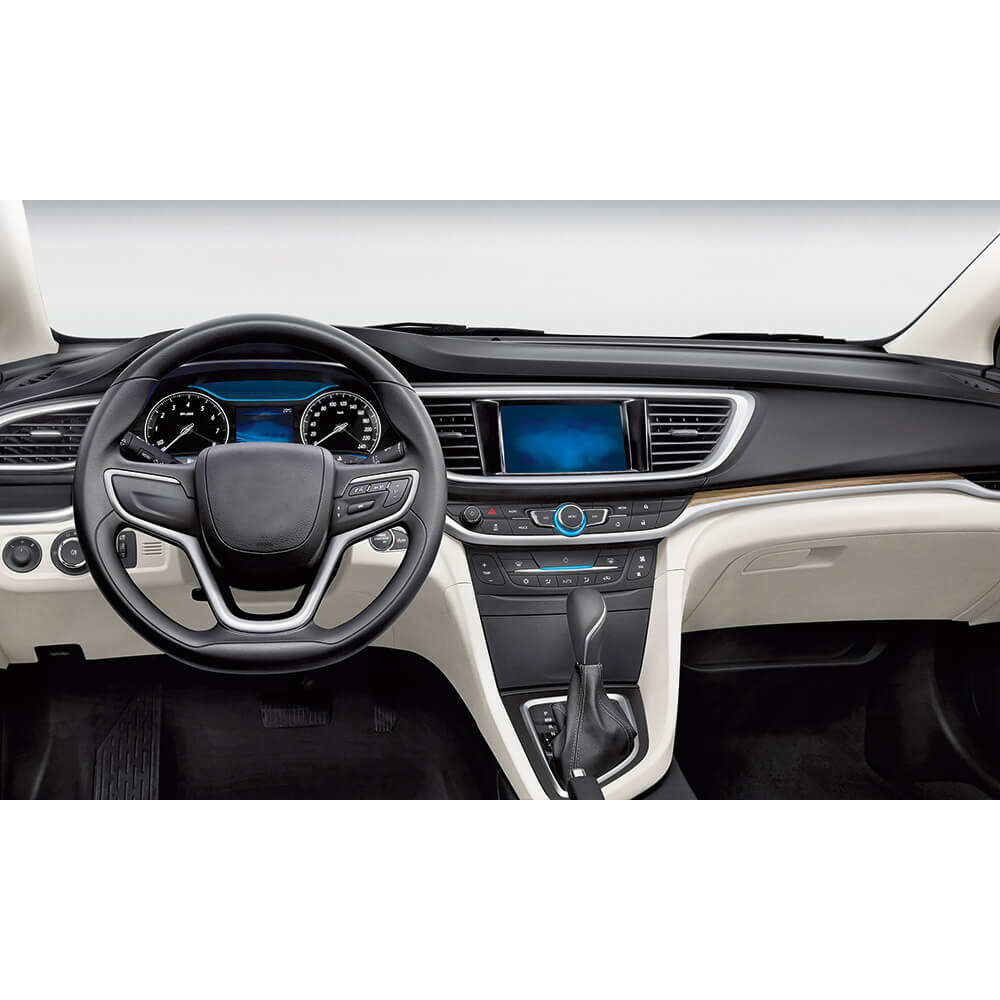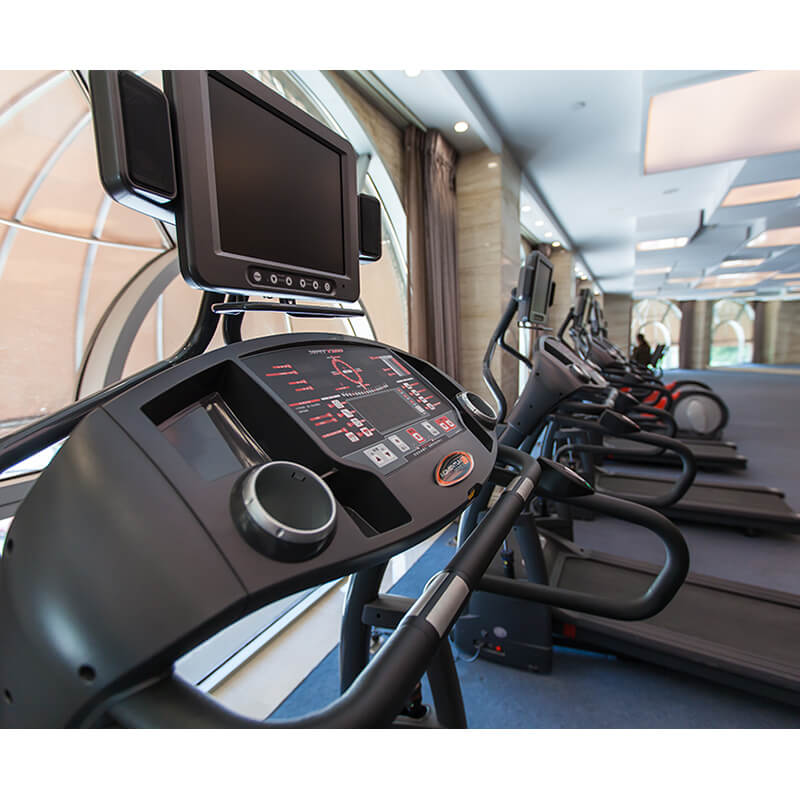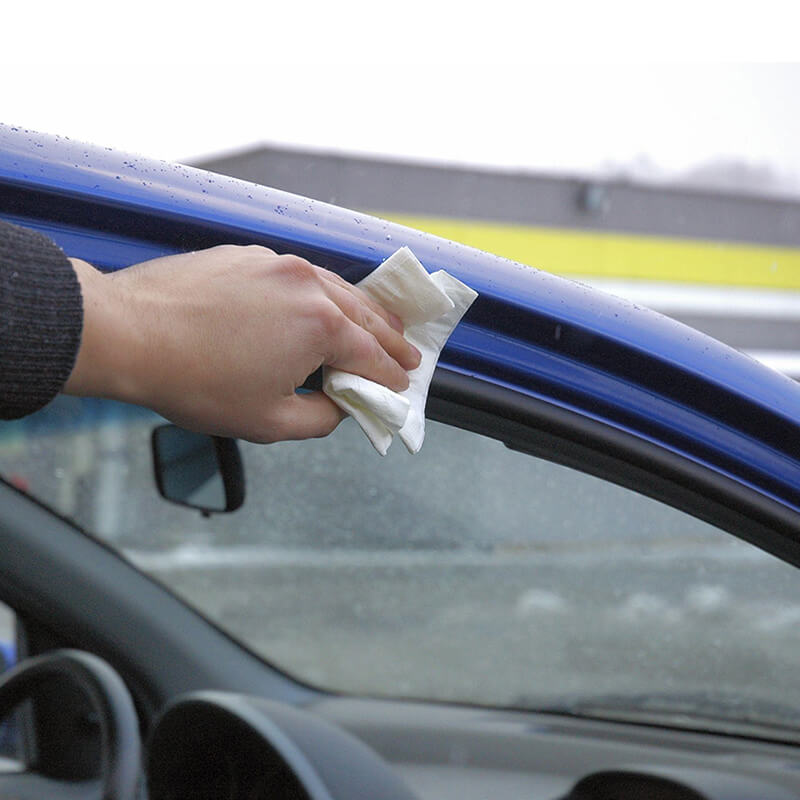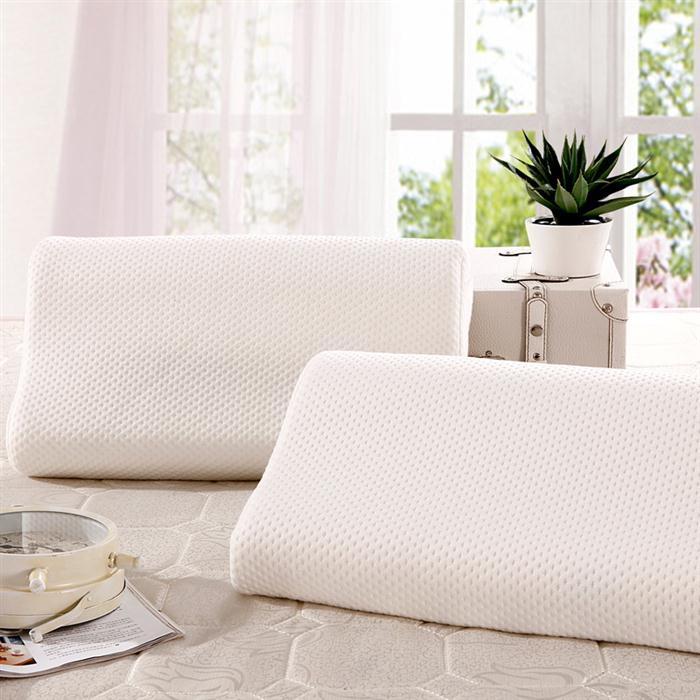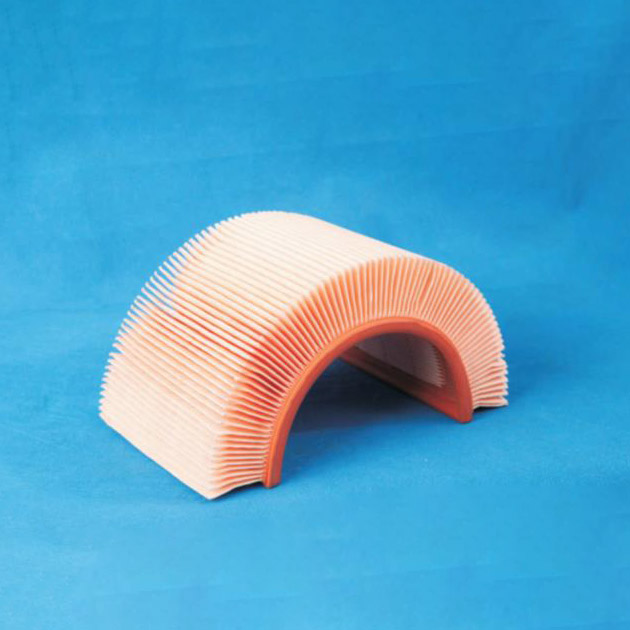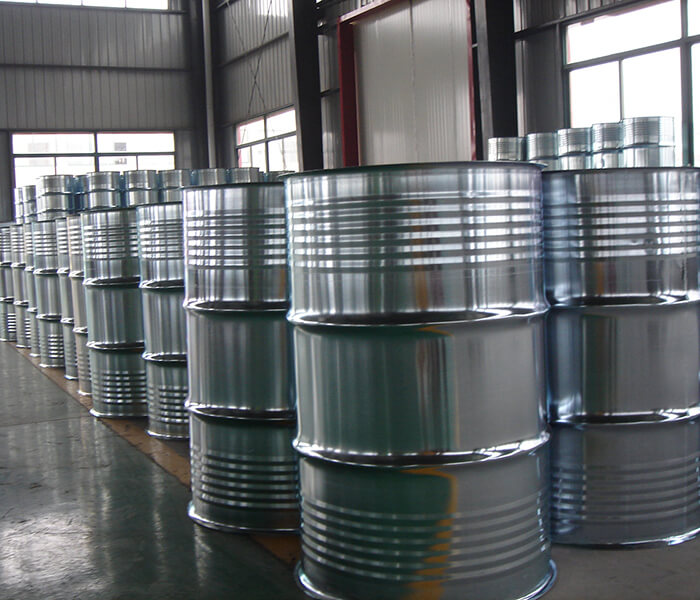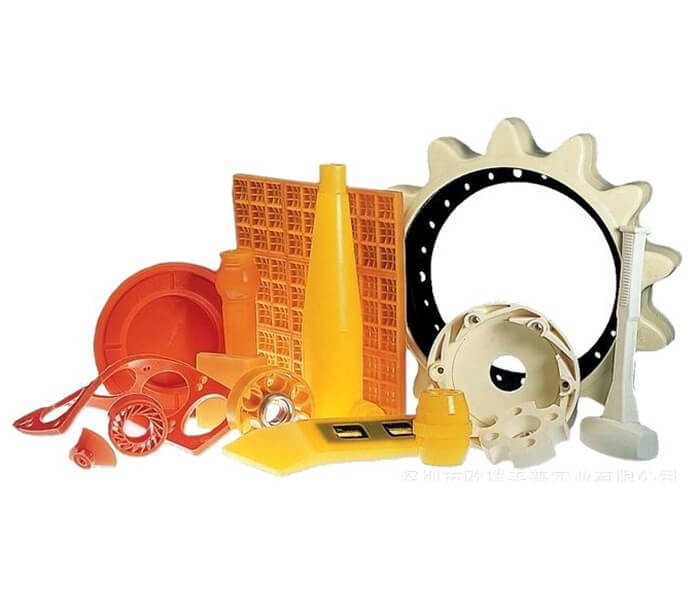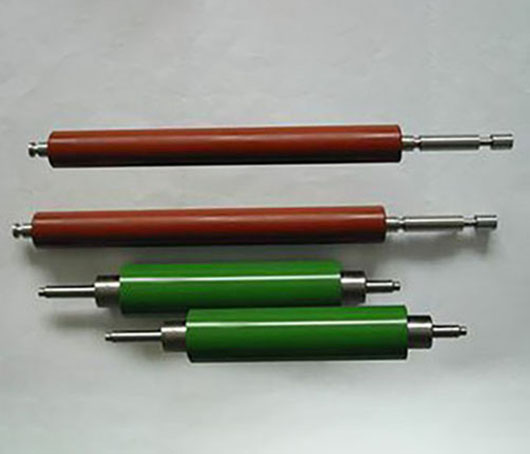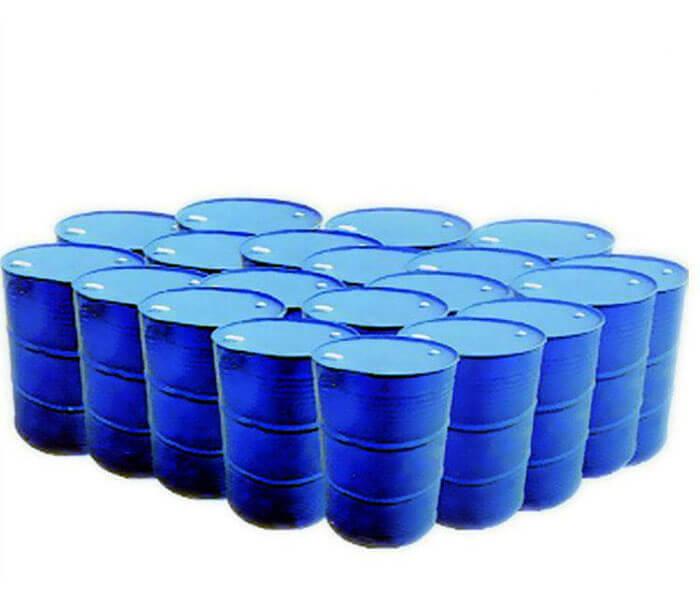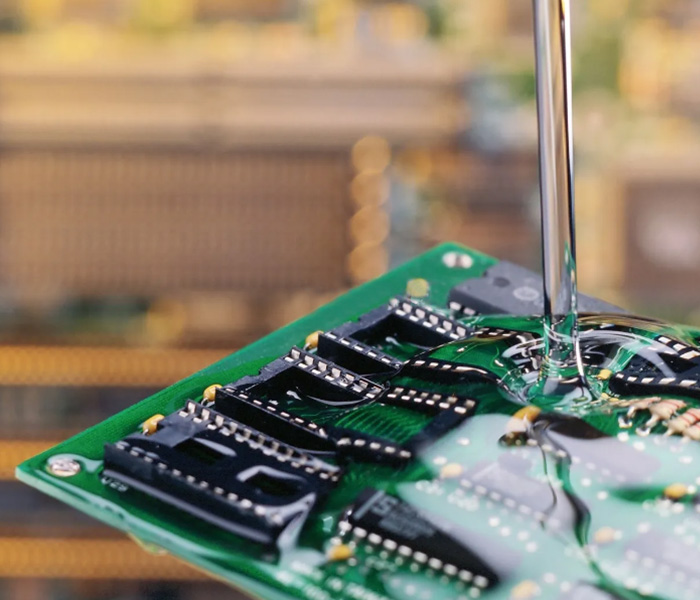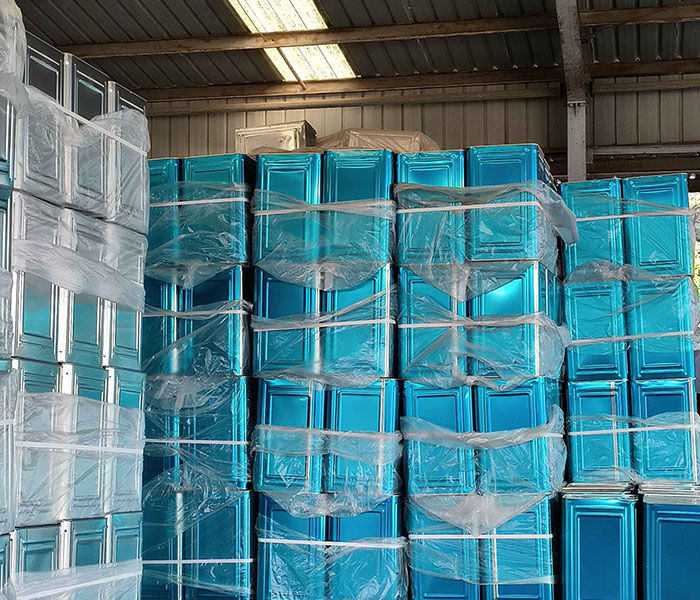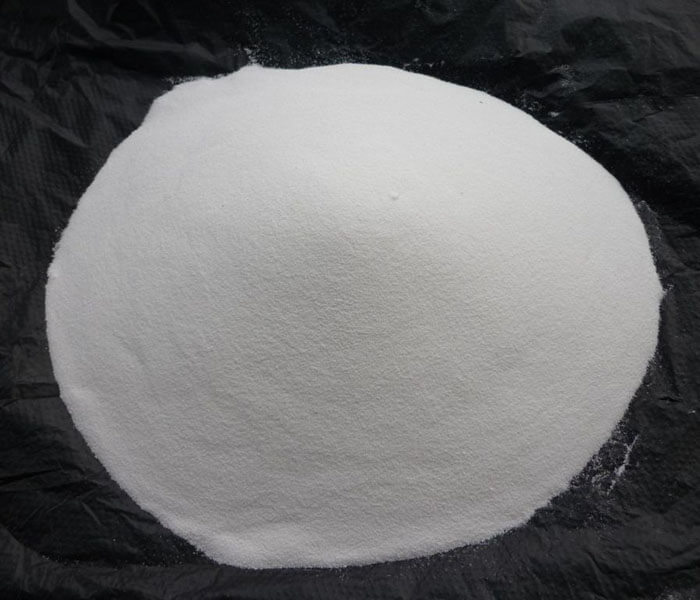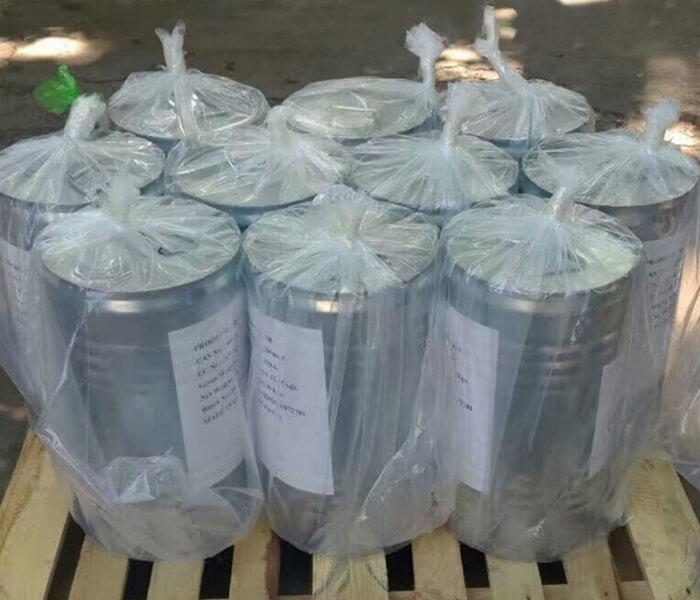- Laman Utama
- Produk
- Bahan
- Bahan Baharu Poliuretana
Bahan Baharu Poliuretana
Polyurethane (PUR and PU) is a polymer composed of organic units joined by carbamate (urethane) links. While most polyurethanes are thermosetting polymers that do not melt when heated, thermoplastic polyurethanes are also available.
Polyurethane polymers are traditionally and most commonly formed by reacting a di- or poly-isocyanate with a polyol. Both the isocyanates and polyols used to make polyurethanes contain, on average, two or more functional groups per molecule.
Polyurethane is a plastic material that can be seen in different forms for different uses. If we speak from chemical knowledge, it is about polymers and this consists of small molecules connected to each other, a fairly strong union that gives stability to this increasingly used material. The fact that it is an adaptable material means that it can be flexible or rigid, the different possibilities that this material has make its application have a very wide range.
Polyurethanes are widely used in highly resilient flexible foam seats, rigid foam insulation panels, microcellular foam seals and gaskets, durable resilient wheels and tires, electrical potting compounds, high performance adhesives and sealants, spandex fibers, seals, gaskets, carpet backing and hard material plastics.
Syarikat Pembangunan PU mempunyai pasukan penyelidikan kejuruteraan berteknologi tinggi, instrumen eksperimen termaju dan kemudahan ujian, serta kilang pengeluaran moden. 80% daripada kakitangan memproses ijazah sarjana atau gelaran teknikal kanan, yang berada dalam sepuluh kumpulan R&D untuk menyediakan produk termasuk campuran buih tegar khas, campuran HR, campuran LR, campuran penapis, campuran buih pembungkusan, campuran pembungkus kaca kereta, bahan L/S gentian kaca-RIM, Resin DCPD, produk PU dan PU bawaan air untuk kereta.
We use polyurethanes in one form or another every day – at home, in our offices and cars, for sport and leisure activities and on holiday.
 中文
中文 English
English Русский
Русский Español
Español Français
Français Português
Português العربية
العربية Deutsch
Deutsch 한국어
한국어 ภาษาไทย
ภาษาไทย Italiano
Italiano Tiếng Việt
Tiếng Việt Bahasa Indonesia
Bahasa Indonesia Malay
Malay Türkçe
Türkçe
